How Long do Shipping Containers Last? 3 Signs You Need Maintenance
 Marissa Morin | Apr 21, 2021
Marissa Morin | Apr 21, 2021
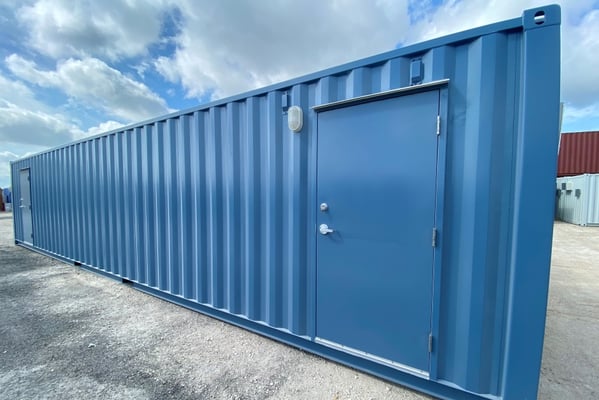
For those researching the benefits of shipping containers and modified container structures, a common question is: “How long do shipping containers last?” The lifespan of a shipping container is determined by environment, use, and the number of years spent at sea prior to modifications, but maintenance throughout the lifetime of a container can help it last even longer.
How long do shipping containers last?
Shipping containers have an average lifespan of 25 years thanks to a design that ensures their durability when traveling by sea. After manufacturers modify cargo containers and transform them into container-based structures, the container’s longevity remains.
Although shipping containers are made of high-quality corten steel and last many years, maintenance may be needed over the course of the modified container’s life. These suggested maintenance tips are often preventative, helping the containers last even longer than they would otherwise.
Signs your container needs maintenance:
1.) When doors become difficult to open and close
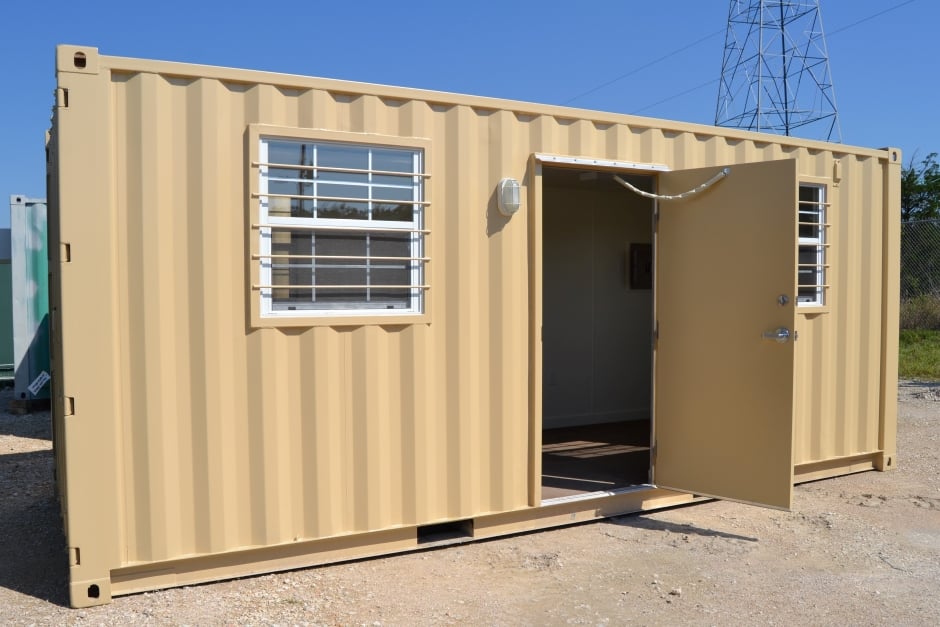
There are two likely reasons why your container doors may become difficult to open and close. One reason is that the container doors, especially the cargo doors, may need lubrication. The other reason is that the container may have become unlevel over time.
It’s not uncommon for containers that are placed directly on the ground and not on a foundation to become unlevel. While it is often completely safe to place containers on flat, firm surfaces, the ground may still shift and move the container, requiring releveling.
If your doors are difficult to open and close, inspect the exterior of your container. Ensure the container’s four corners are in contact with the ground and that the floor cross members, on the underside of the container, are not touching the ground. Similarly, each corner casting must be level with the other corner castings. If these things aren’t in order, you’ll need to relevel your shipping container structure. To address this, we recommend blocking your container by placing a concrete pad block, railroad ties, or other strong blocks underneath the corners to level the structure and create ground clearance – then, you can consider relocating, pouring a foundation, or other permanent solutions if needed.
2.) When you notice rust patches
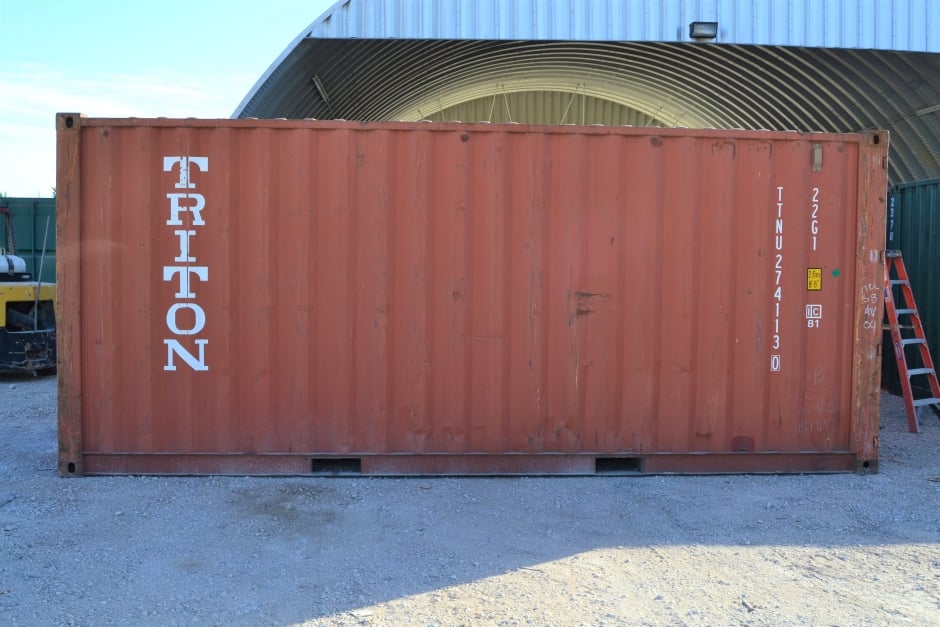
Make sure you’re regularly checking for rust build-up on the exterior of your shipping container. If you’ve noticed rust, it’s time to address it. Rust can harm the steel despite the incredible durability of corrugated corten steel.
To properly remove the rust spots, we recommend you use a commercial wetting agent, mild bleach, or anti-mildew solution along with a water hose and broom to release rust and dirt. For larger issues, call a professional to repair large dents, scratches, rust spots, and holes, and then repaint the container as needed to seal the exterior once more.
3.) When you smell musty odors
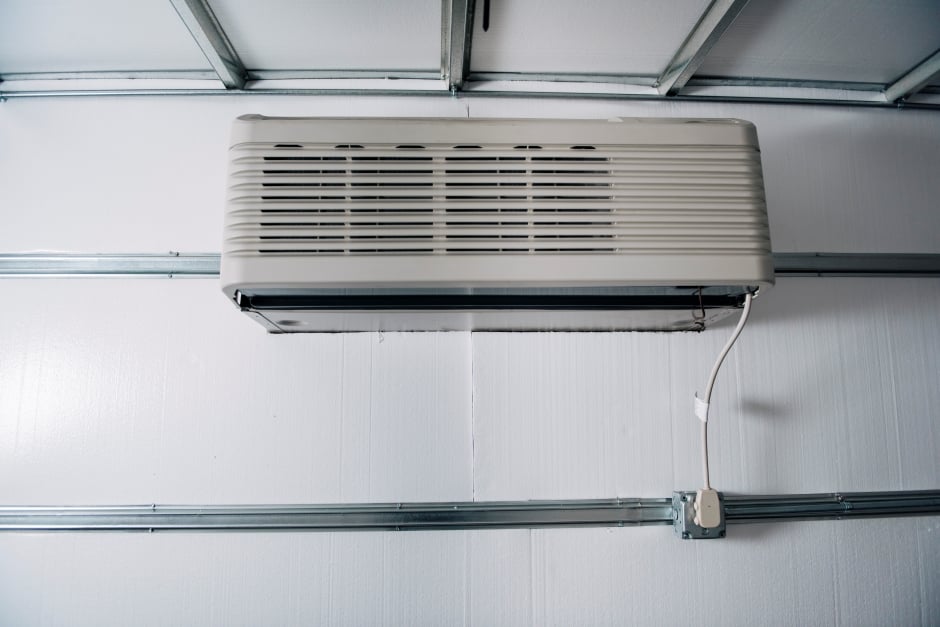
If you begin to smell musty odors, it’s time to check your ventilation, air conditioning system, or both. We recommend checking your air conditioning system regularly, so you can remain proactive in weather changes and avoid musty smells. Although, if you find yourself aware of a new smell, look at your air-containing unit.
To properly maintain your air conditioning unit, begin by replacing the filters as needed. For PTAC units, we recommend hiring a professional to clean the evaporator coil, clear the condensation drain line, and then check the air duct lines for any leaks.
Proactive Shipping Container Maintenance
To help prevent the issues listed above, follow this annual checklist to extend the lifespan of a shipping container:
- Inspect the roof for dents and debris. It is important to fill major dents with a sealant, such as caulk, to prevent further damage.
- Inspect caulking and weather stripping on doors and windows for leaks. Replace as needed.
- Inspect the level of the container. Some settling of the foundation and the container is normal. Re-level if necessary.
- Inspect paint. Repaint rust patches as needed.
- If applicable, check and replace the A/C unit filter. For additional assistance, we recommend contacting the climate control system manufacturer.
If you’d like answers to our frequently asked questions, view our recommendations here. If you’re interested in learning more about collaborating with Falcon Structures for your own modified shipping container project, contact us with details at 512-231-1010 or email us at Sales@FalconStructures.com. We’d love to help point you in the right direction.
SUBSCRIBE
- Shipping Container Modifications
- How-Tos
- Workspace
- Commercial Construction
- Multi-Container Buildings
- Storage Solutions
- Industrial Enclosures
- Bathrooms & Locker Rooms
- Oil & Gas
- Climate Control
- Green Building
- Living Space
- Industry Insight
- Military & Training Facilities
- Water Treatment Solutions
- Energy
THINK INSIDE THE BOX®
WITH OUR BLOG
Get everything from shipping container basics, to detailed how-tos and industry news in our weekly blog. Stay inspired and subscribe!
RELATED BLOGS
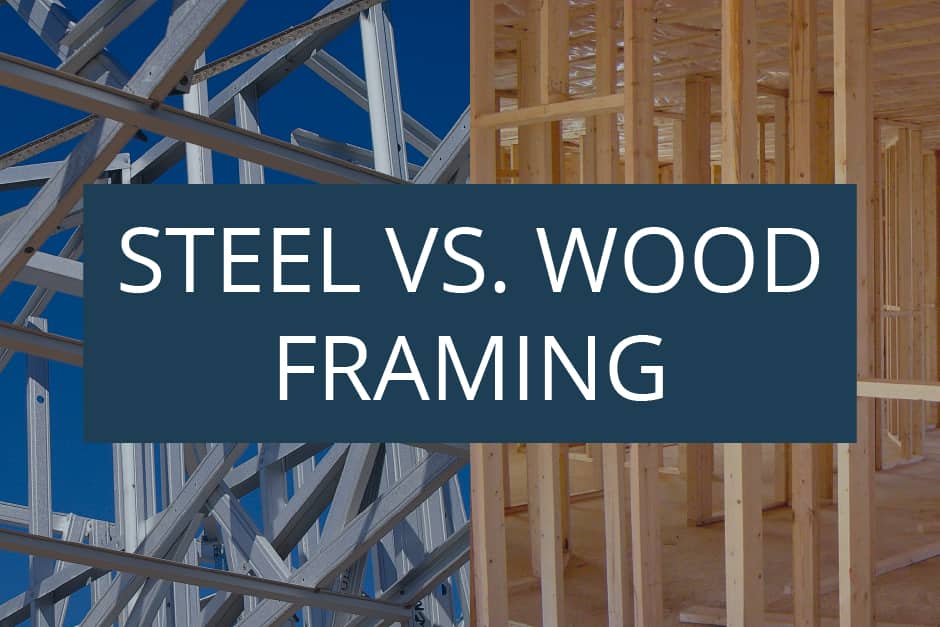
Steel Frames vs. Wood Frames: Pros, Cons, & Shipping Containers
Marissa Morin | Feb 10, 2021 | 3 min read
READ MORE
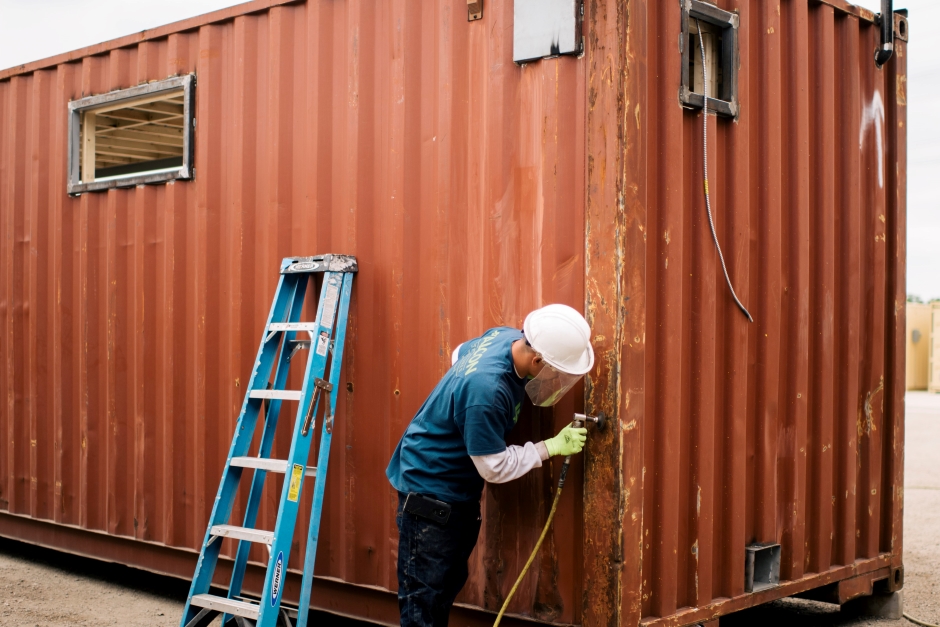
Extend the Life of Your Modified Container with These 3 Simple Repairs
Marissa Morin | Dec 23, 2020 | 3 min read
READ MORE
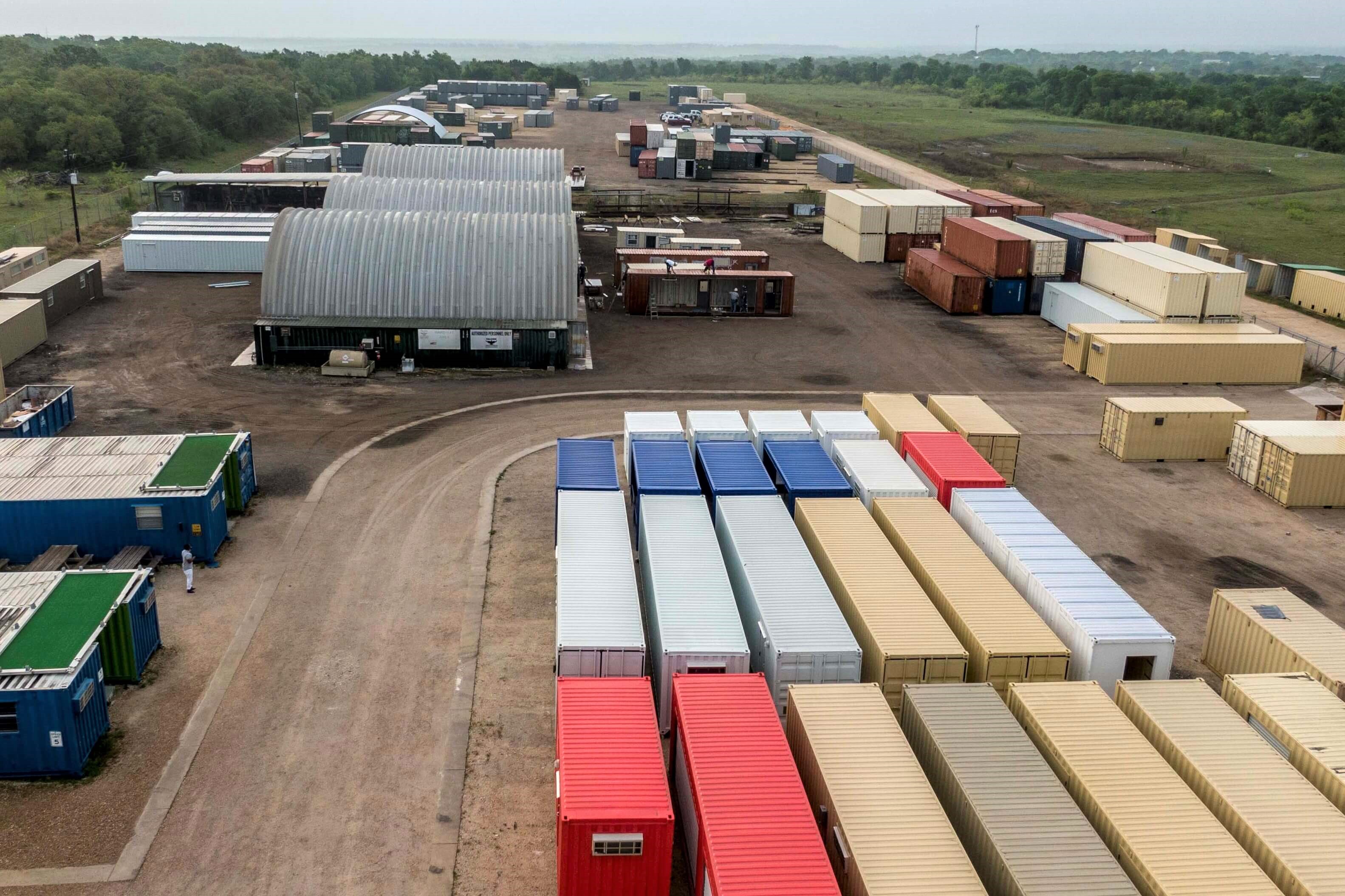
How the Strength of Shipping Containers Stands Up to Severe Weather
Marissa Morin | Sep 15, 2021 | 5 min read
READ MORE

